Security Cameras
Showing all 5 resultsSorted by average rating
-
Sale!
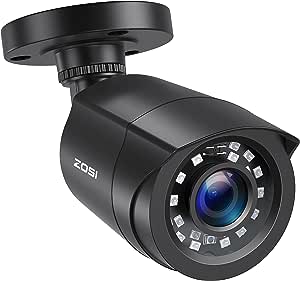
Security Camera 04
Original price was: $99.99.$79.99Current price is: $79.99. -
Sale!
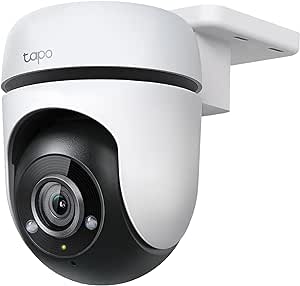
Security Camera 05
Original price was: $139.99.$109.99Current price is: $109.99. -
Sale!
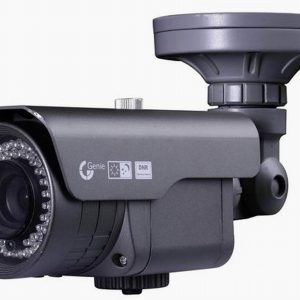
Security Camera 03
Original price was: $59.99.$49.99Current price is: $49.99. -
Sale!
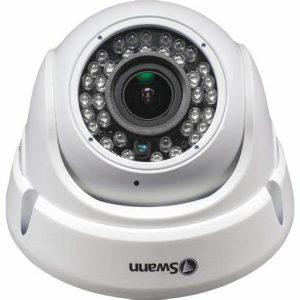
Security Camera 02
Original price was: $134.99.$129.99Current price is: $129.99. -
Sale!
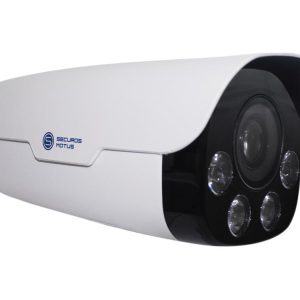
Security Camera 01
Original price was: $269.99.$234.99Current price is: $234.99.
Security Cameras
Security cameras are devices used to monitor and record activity in a specific area. They are commonly employed for surveillance and security purposes in various settings, including homes, businesses, public spaces, and government facilities. Most brands such as:
- Hikvision
- Dahua
- BOSCH
- Axis Camera.
- Vivotek
- Hanwha Techwin
- IDIS
- Swann
These cameras come in a variety of types, ranging from simple analog cameras to more advanced digital IP cameras. Here are some key aspects related to security cameras:
- Types of Cameras:
- Analog Cameras: These are traditional cameras that record video in analog format and require a physical connection to recording devices.
- IP Cameras (Network Cameras): These cameras connect to the internet or a local network and send video data digitally, allowing remote access and management.
- Wireless Cameras: These cameras transmit video wirelessly, eliminating the need for physical cables, making installation more flexible.
- PTZ Cameras (Pan-Tilt-Zoom): These cameras can be remotely controlled to pan, tilt, and zoom, providing a wider range of coverage.
- Fixed vs. Dome Cameras: Fixed cameras have a stationary lens, while dome cameras are encased in a dome-shaped housing, offering a more discreet appearance and protecting against vandalism.
- Features:
- Resolution: Higher resolution cameras provide clearer images and better detail.
- Night Vision: Many cameras feature infrared LEDs to capture footage in low-light or complete darkness.
- Motion Detection: Cameras with motion sensors can trigger recordings or alerts when motion is detected within their field of view.
- Remote Access: IP cameras allow users to view live or recorded footage remotely via smartphones, tablets, or computers.
- Cloud Storage: Some cameras offer cloud storage options for storing recorded footage securely online.
- Two-Way Audio: Enables communication between the camera and a remote user, allowing for audio monitoring and interaction.
- Smart Integration: Integration with smart home systems or other security devices for enhanced automation and control.
- Placement and Installation:
- Proper placement of cameras is crucial for effective surveillance, covering vulnerable areas while considering factors like lighting conditions and potential obstructions.
- Installation may involve mounting cameras on walls, ceilings, or poles, and routing cables (if applicable) for power and data transmission.
- Legal and Privacy Considerations:
- Depending on the jurisdiction, there may be legal restrictions on where cameras can be placed and how footage can be used.
- Privacy concerns regarding the recording of individuals’ activities should be taken into account, especially in areas where privacy is expected, such as bathrooms or changing rooms.
- Maintenance and Monitoring:
- Regular maintenance ensures cameras are functioning correctly, including cleaning lenses, checking connections, and updating firmware.
- Continuous monitoring of camera feeds and recorded footage helps identify and respond to security threats or incidents promptly.
Overall, security cameras play a crucial role in enhancing safety and security, but their effectiveness depends on factors such as camera quality, placement, and integration with other security measures.
